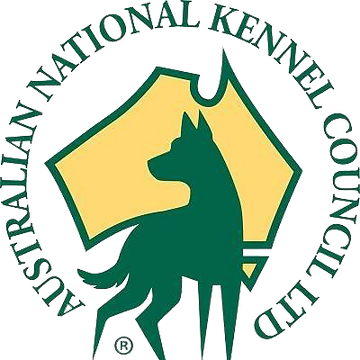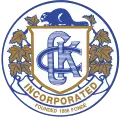American Hairless Terrier History
The American Hairless Terrier is a hairless breed of terrier developed in the United States. The coat of the American Hairless Terrier is sparse and fine. The hair on the neck and tail is the longest, with the body covered in a complete coat of fur that is similar in texture to peach fuzz. The ancestors of the AHT can be traced back to the extinct Xoloitzcuintli. The AHT is a fairly new breed of dog, which was developed in the late 19th and early 20th centuries. The first AHTs were the result of a cross-breeding between the Xolo and the Irish Terrier.
American Hairless Terrier Physical Characteristics
The American Hairless Terrier is a small, medium-to-large sized breed that typically stands between 12 and 16 inches tall at the shoulder and weighs between 15 and 35 pounds. They have a low, long body and a compact build with a very long, fine, soft, and sleek hairless tail. Their skin is very elastic and smooth and they are covered with short, thick, and stiff hair. They have round eyes that are usually dark brown. They have a large skull with a prominent forehead and pointed muzzle. They have large teeth that close in a scissors or level bite. They have small, erect ears and their paws are very small. They are friendly, playful, and intelligent.
Eye Colors
Brown
Nose Colors
Black
Coat Colors
Brindle, Brown, Black, Sable, Blue, Red
Height Range
Male Height Range: 12 – 16 inches
Female Height Range: 12 – 16 inches
Weight Range
Male Weight Range: 12 – 24 lbs
Female Weight Range: 12 – 24 lbs
American Hairless Terrier Health
Description of breed health.
Lifespan
14-16 yrs
American Hairless Terrier Health Concerns
Patellar Luxation, Hemophilia, Legg-Calve-Perthes Disease, Cushing’s Disease, Teeth Issues, Liver Shunts, Demodectic Mange, Hip Dysplasia, Epilepsy, Von Willebrand’s Disease
American Hairless Terrier Temperament and Behaviour
The American Hairless Terrier is an alert and active breed, typically friendly and outgoing with strangers. They are usually good with other pets and children, although may be territorial with other dogs. They are intelligent and eager to please, making them easy to train. This breed needs plenty of physical and mental stimulation to avoid boredom and destructive behaviors.
American Hairless Terrier Activity Requirements
American Hairless Terriers were bred to be hunting dogs. They are still used today as ratters and guard dogs and are fiercely protective of their homes and families. They are small, sturdy, and muscular, with a unique, sleek, “rat-like” appearance. American Hairless Terriers can be high energy and active. They are happiest when they have a job to do. They are best suited to homes where they can spend plenty of time outside playing, digging, and running around. They will need a minimum of one hour of exercise and, if necessary, can split up this amount of time into several short sessions. While many owners choose to keep their American Hairless Terriers in fenced yards, this is not required. They do, however, have a stubborn streak that makes them hard to train, so be sure you are ready to commit to training before you bring one of these terriers into your family.
Miles Per Day
Unknown
Activity Per Day
Unknown
Daily Food
1 cups
Kennel Club Recognition

American Kennel Club
Recognized by the American Kennel Club
American Hairless Terrier is part of the Terrier group.
Visit the American Kennel Club website.

The Kennel Club
Not Recognized
American Hairless Terrier is part of the Unclassified group.
Visit the Kennel Club website.

Australian National Kennel Council
Recognized by the Australian National Kennel Council
American Hairless Terrier is part of the Terrier group.
Visit the Australian National Kennel Council website.

Canadian Kennel Club
Not Recognized
American Hairless Terrier is part of the Unclassified group.
Visit the Canadian Kennel Club website.
